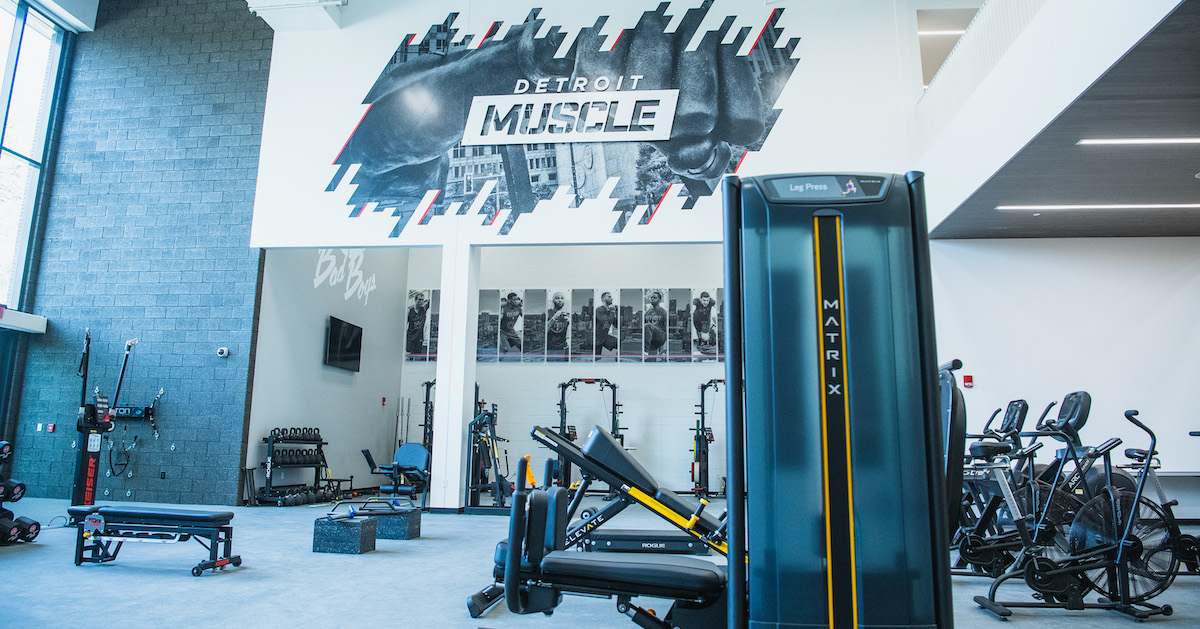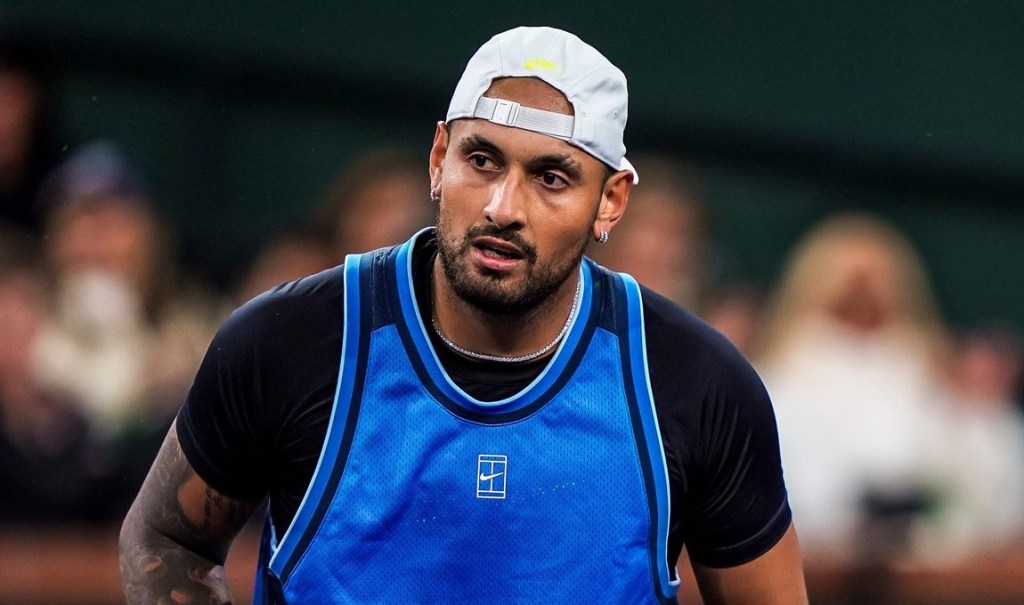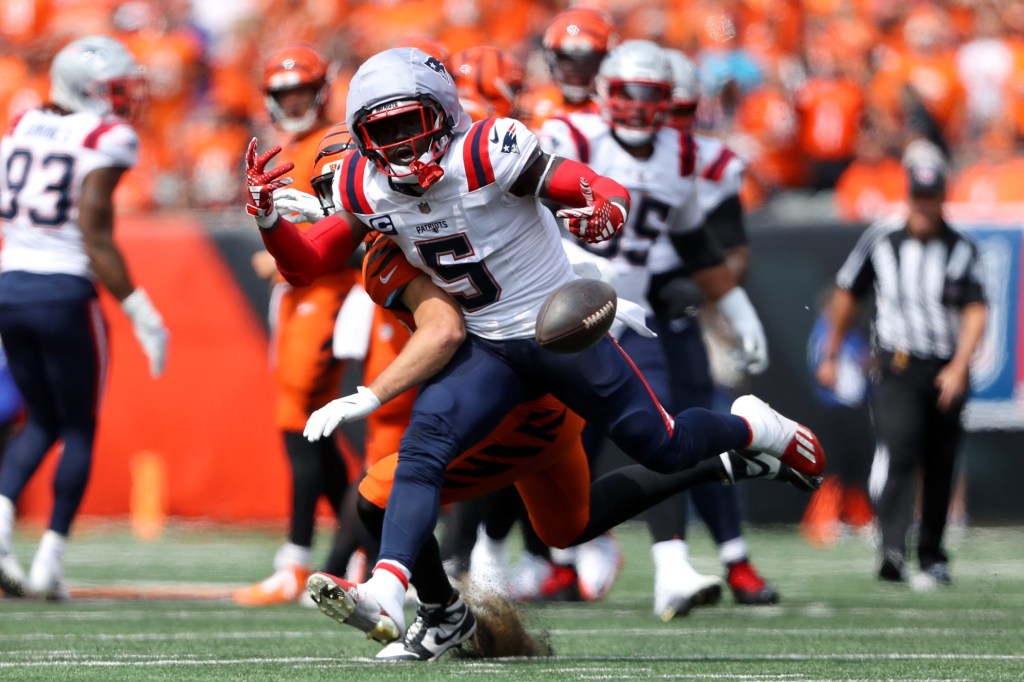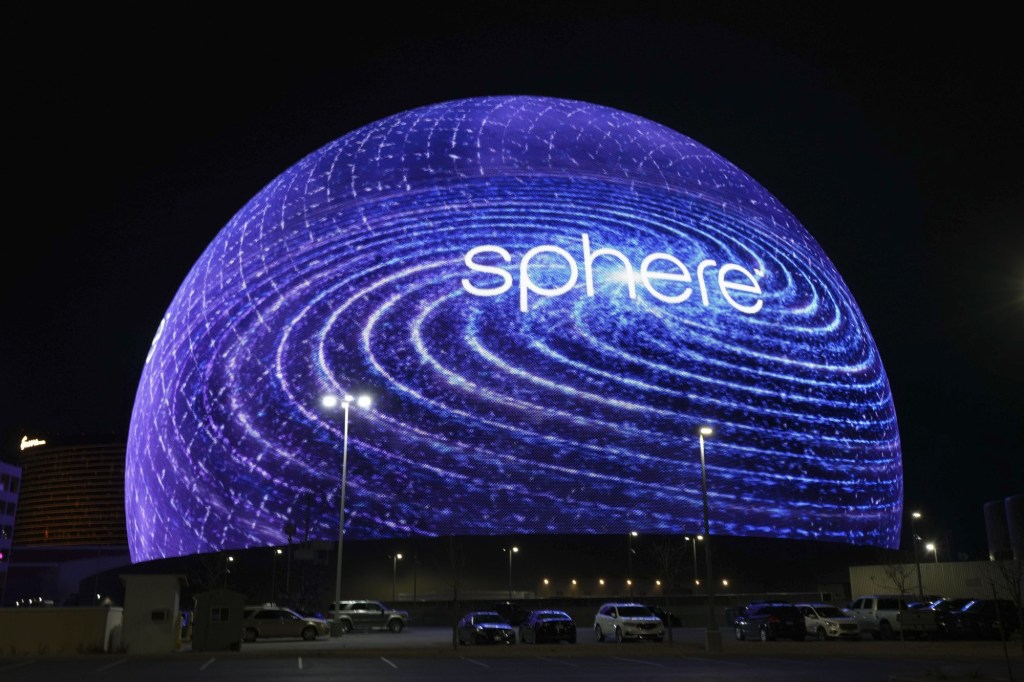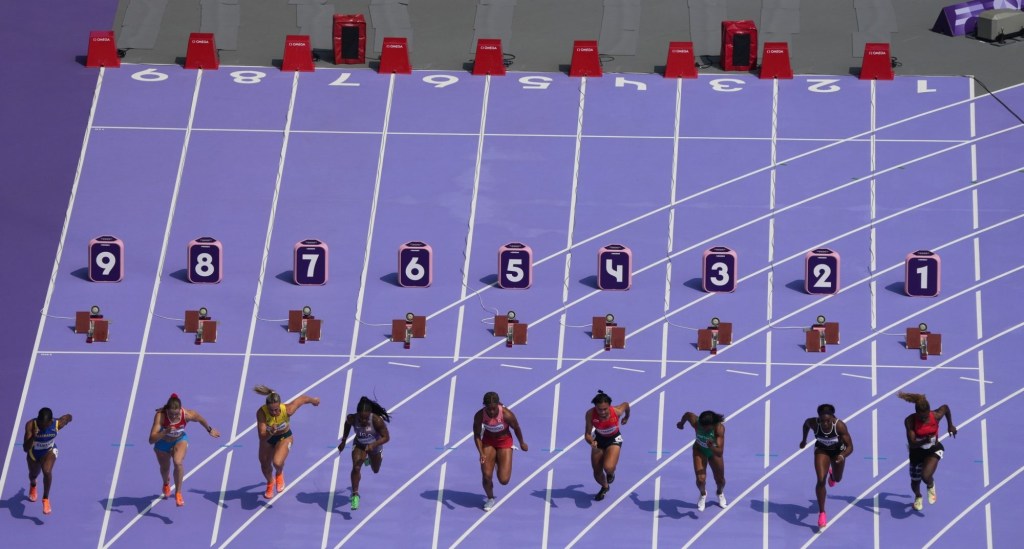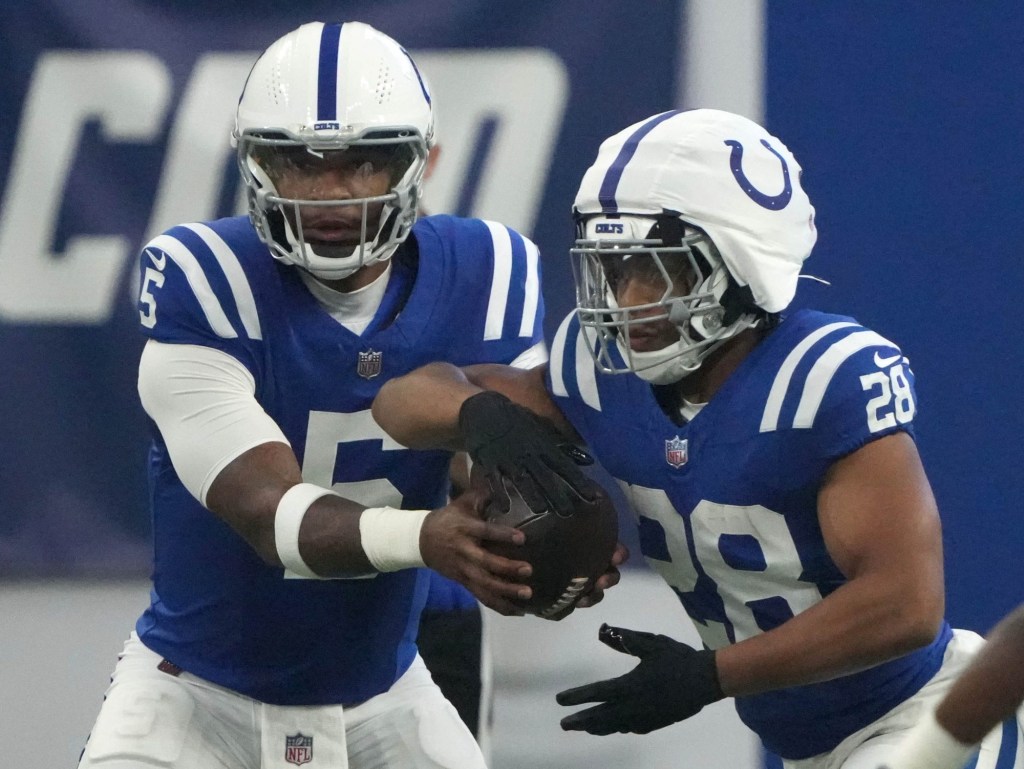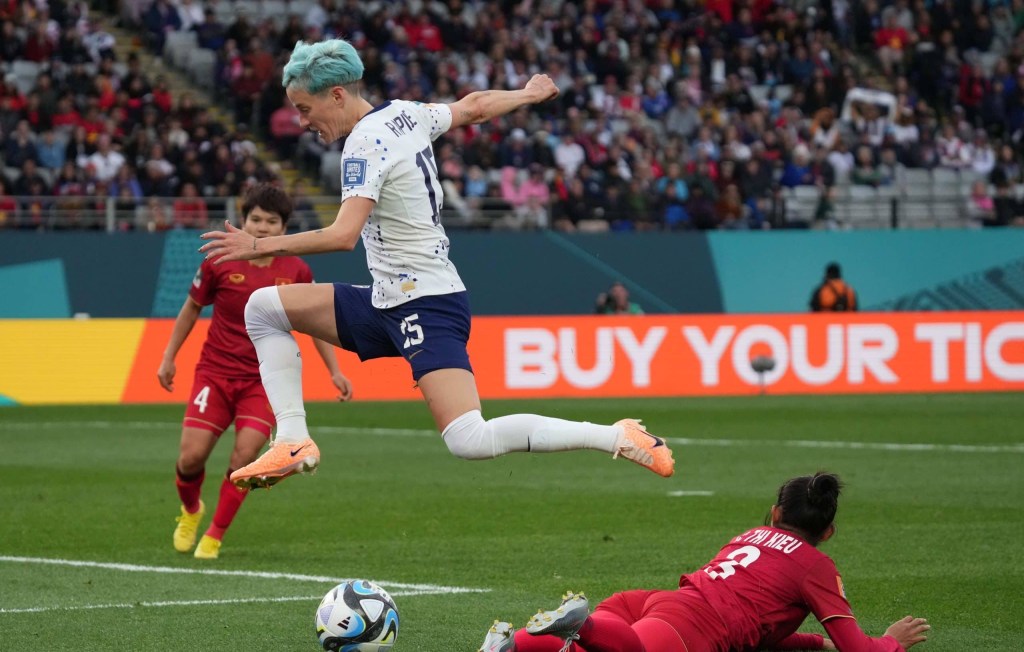As the Detroit Pistons made their move from the Palace of Auburn Hills to Little Caesars Arena in downtown Detroit in 2017, the team also made a bigger commitment to be a part of the Detroit community – a new practice facility for the NBA franchise.
In October, the Pistons opened the Henry Ford Detroit Pistons Performance Center, less than two miles from its new home court. The $90 million-dollar facility is meant to help contribute to the “continued rebirth and revitalization” of Detroit, said Charlie Metzger, executive vice president and chief revenue and marketing officer for Pistons Sports & Entertainment.
“It was very thoughtful and natural output of the overall transformation,” Metzger said of the team’s move back to the heart of Detroit. “Being in the heart of the city, we want our players to spend as much time there as possible; it’s very positive for everyone.”
The Pistons practice facility is one of the most recent examples of teams pouring investment into their training centers, which not only bring in potentially lucrative partnerships but also offer community benefits.
The complete move downtown was the vision of owner Tom Gores, with the new center bringing basketball and business operations under one roof. It also still provided player privacy while also being a significant community asset to the Detroit neighborhood it calls home. At 185,000 square feet, it’s the largest NBA practice facility and team headquarters.
Along with building what the Pistons believe to be an elite facility for the players and team employees, meticulously designing each piece from the ground up, the building also opened a 1,500-square-foot cafe and retail space with Plum Market and a 5,000-square-foot Blink Fitness facility. Henry Ford Health System also built a new, $37 million sports medicine center connected to the Pistons practice facility and headquarters.
The Pistons were also sure to incorporate a broadcast studio and media center, both for outside media and team content producers. With Rocket Fiber internet and five production sets, Metzger said the studio is not only good for content producers but more efficient for players.
Practice facilities are likely to continue becoming more community-focused, said Bettina Cornwell, marketing department head at the University of Oregon’s Lundquist College of Business.
“While they may not say it this way, the community and public space programming element allow for a regularly occurring authentic connection,” Cornwell said. “Game days are points in time with intense activity, whereas community facing facilities allow consistent contact.”
As those facilities become more like community hubs, it also offers a larger opportunity for partnership opportunities, especially for local or regional brands looking to make a day-to-day community connection or partners moving into or out of larger deals, Cornwell said. They also can be a more affordable way to become involved with a professional sports team.
Henry Ford secured the facility’s naming rights as part of a larger agreement that also made the health system the team’s official health care provider in 2017, falling in line with a larger trend of practice facility partners.
According to the NBA, 23 teams have practice facilities or courts with naming rights partners, with 15 of them being tied to local health care or hospital systems, like Minnesota’s The Courts at Mayo Clinic Square, Advocate Center in Chicago, or the AdventHealth Practice Facility in Orlando.
“Health is a natural vertical for sports since the industry supports player well-being,” Cornwell said. “Health care providers are community members that largely connect with and serve a region; many do not need national exposure through team or league level sponsorship. They also need relatively high proximity to clients to serve them, thus facilities near them. Add to this the brand value of demonstrated support to high-performance athletes, and the match makes perfect sense.”
While practice areas don’t receive as much attention as a team’s main arenas, they can bring in outside attention as well. The Golden State Warriors opened the Biofreeze Performance Center within the newly constructed Chase Center this year, and it was featured with team trainers on Men’s Health.
READ MORE: Chase Center Providing Warriors Plenty of New Discoveries
Practice facilities in the NBA likely will only continue to see massive investment from teams, as the Phoenix Suns are currently working on a new, $45 million center. The Los Angeles Times, in a report about the Clippers’ new multi-year, multi-million dollar deal with Honey for its recently renovated facility, reported the team is likely to build a new facility in the coming years. Meanwhile, the San Antonio Express reported the Spurs could receive public dollars, hinged on job creation and economic impact for the community.
Los Angeles Laker forward Jared Dudley brought attention to practice facilities last week when he told The Athletic the Brooklyn Nets’ HSS Training Center helped lure Kevin Durant this offseason, while also criticizing the Knicks’ Madison Square Garden Training Center.
It’s no secret better facilities have been key to attracting the best talent from college to the pros for years, but now that might mean more than just player-first amenities. Currently, 17 of the league’s teams have separate buildings for training, and while some are part of new arena complexes with a community focus, like the Warriors, there’s potential for more to follow the Pistons’ lead.
“Every city and every team has a different vision and viewpoint for what they’re doing,” Metzger said. “The NBA does a great job of sharing best practices, and I believe this will be a model for other areas.”
